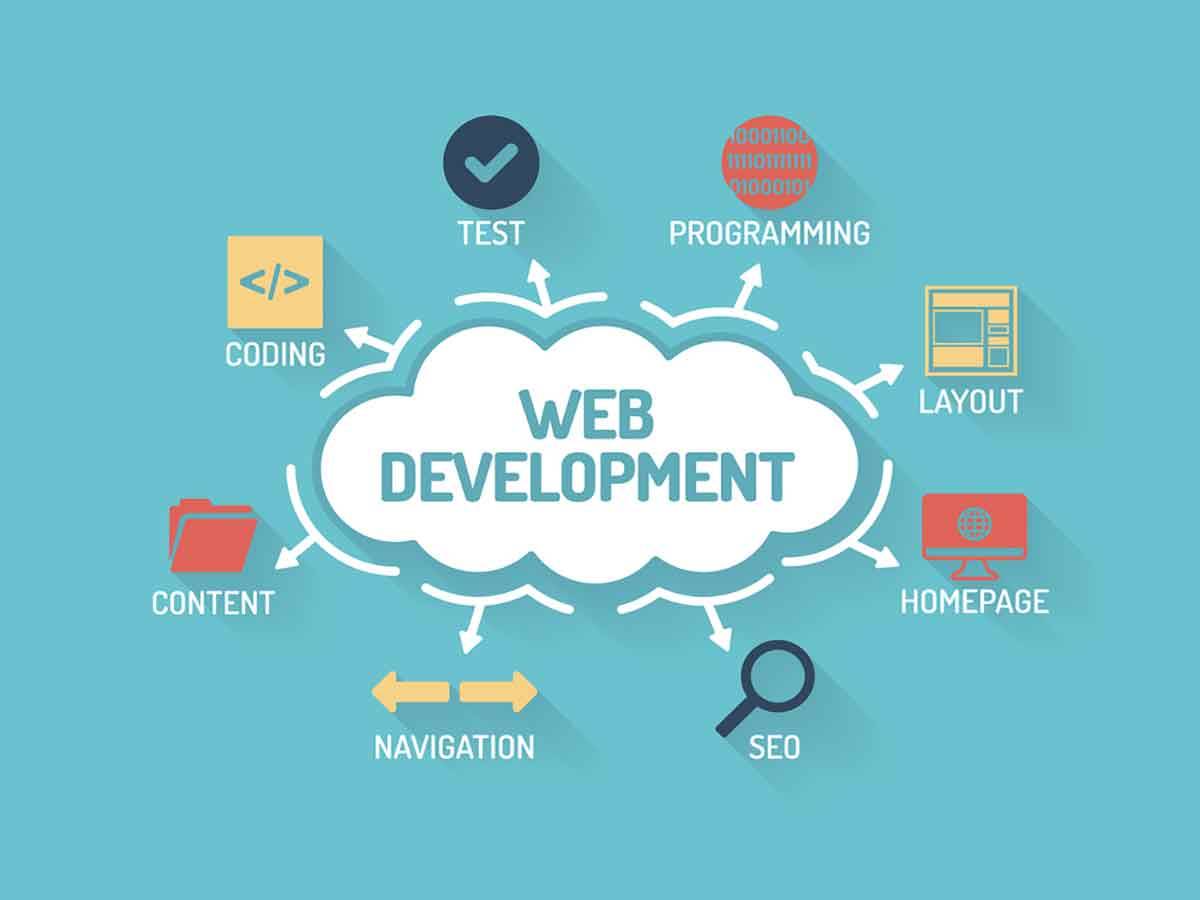
Image Source: Google
Web development is an exciting and constantly evolving field that offers a wide range of opportunities for individuals looking to build websites, web applications, and online services. Whether you are a complete beginner or have some experience with coding, mastering the fundamentals of web development is essential to becoming a successful web developer. To acquire more information about web development, you can look at this website.
The Basics of Web Development
Understanding the Web
- The World Wide Web is a system of interlinked hypertext documents accessed via the Internet.
- Websites are built using a combination of technologies such as HTML, CSS, and JavaScript.
- Web browsers like Chrome, Firefox, and Safari render and display web pages to users.
Key Technologies
- HTML (Hypertext Markup Language) – used to structure content on a web page.
- CSS (Cascading Style Sheets) – used for styling and designing the visual layout of a website.
- JavaScript – a programming language used to make websites interactive and dynamic.
Setting Up Your Development Environment
Choosing a Text Editor
- Popular text editors for web development include Visual Studio Code, Sublime Text, and Atom.
- Choose a text editor that suits your workflow and preferences.
Understanding Version Control
- Version control systems like Git help you track changes to your code and collaborate with other developers.
- Platforms like GitHub and Bitbucket provide hosting for your Git repositories.
Learning the Basics of HTML
HTML Elements
- HTML elements are the building blocks of a web page.
- Common HTML elements include headings, paragraphs, links, images, and lists.
HTML Tags
- HTML tags are used to define the structure and content of a web page.
- Tags are enclosed in angle brackets and come in pairs – opening and closing tags.
Styling Your Web Page with CSS
CSS Syntax
- CSS uses selectors to target HTML elements and apply styles to them.
- CSS properties define the visual presentation of elements such as color, font size, and layout.
CSS Box Model
- The CSS box model describes how elements are rendered on a web page.
- It consists of content, padding, border, and margin properties.
Adding Interactivity with JavaScript
JavaScript Basics
- JavaScript is a versatile programming language that can be used to create interactive elements on a web page.
- Common JavaScript features include variables, functions, conditionals, loops, and events.
DOM Manipulation
- The Document Object Model (DOM) is a programming interface for web documents.
- JavaScript can be used to manipulate the DOM to dynamically update content and respond to user actions.
Testing and Debugging Your Code
Browser Developer Tools
- Modern web browsers come with built-in developer tools that allow you to inspect, debug, and test your code.
- Use tools like the Console, Elements, and Network tabs to troubleshoot issues in your code.
Testing Across Devices
- Ensure your website is responsive and works well on different devices and screen sizes.
- Use tools like Responsive Design Mode in browsers to preview your site on various devices.
Conclusion
Mastering the fundamentals of web development is a valuable skill that can open up a world of opportunities in the tech industry. By understanding the basics of HTML, CSS, and JavaScript, setting up your development environment, and learning to test and debug your code effectively, you will be well on your way to becoming a proficient web developer.


